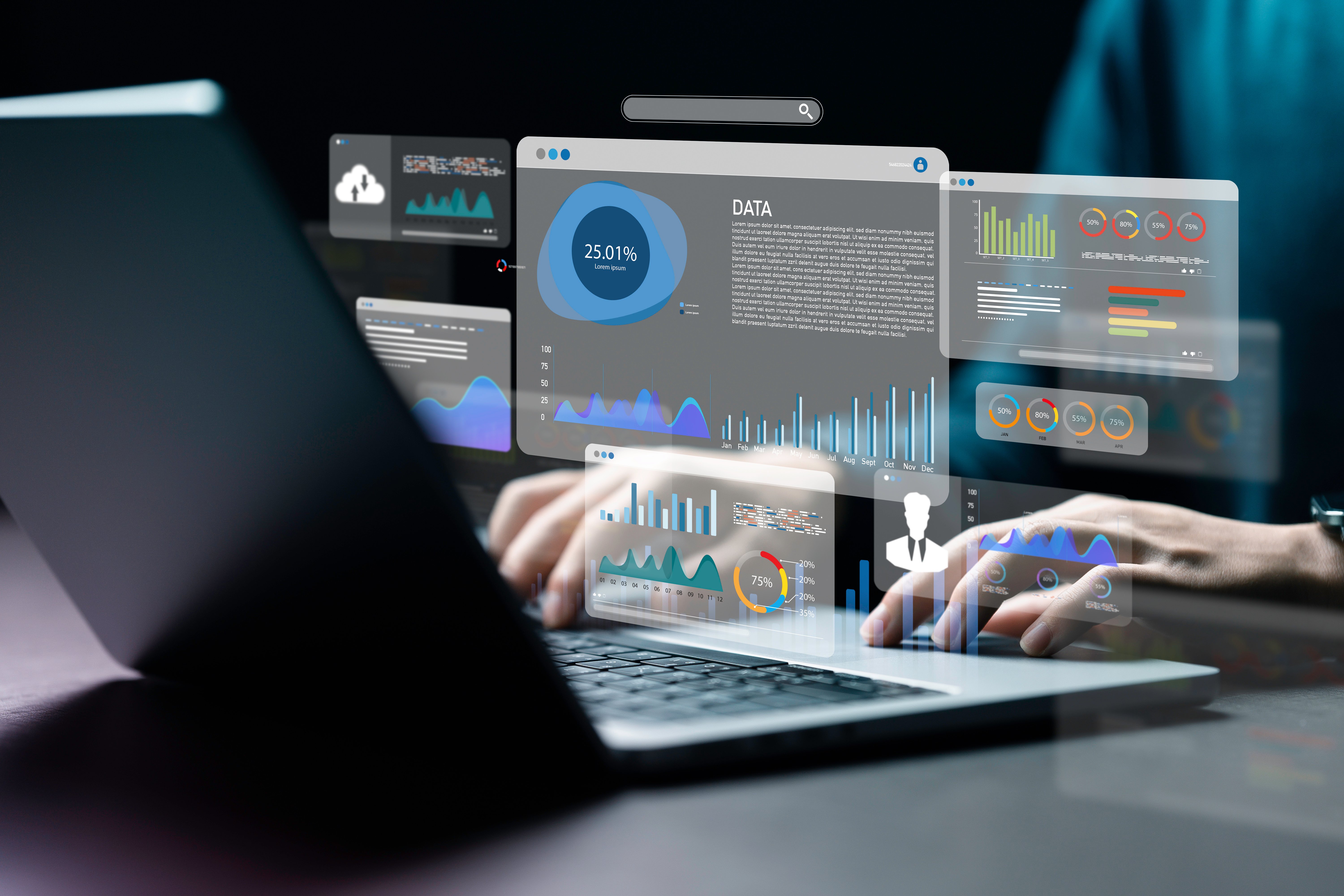As international business faces increasing economic pressures, HR teams are investigating how they can do more with less. The solution may be implementing a global HR system, which can help you centralize a complex, multinational People function, cut costs, and provide a better service to your employees.
In this article, we’ll walk you through the process of planning for, selecting and implementing a global HR system.
Here's what this guide covers:
- What is a global HR system and why do you need one?
- Preparing to implement a global HR system
- How to choose a new global HR system
- HR system implementation project plan
 Your Guide To: Employee Experience Platforms (EXP)
Your Guide To: Employee Experience Platforms (EXP)
Read Josh Bersin's report to learn more about the EXP market and it's future, what to look for in an EXP and how companies are using them to transform their employee experience. Read Now.
What is a global HR system and why do you need one?
Multinational businesses need HR tools with the flexibility to adapt to legal, regulatory, economic and cultural differences. These can impact on a range of HR concerns, such as:
- Data management processes and regulations
- Pay policies such as minimum wage and overtime
- Paid time off and statutory sick leave
- Employment conditions and contracts
- Local holidays
For many companies that operate on an international or global scale, the core HR information systems may not be up to the job of handling all of this. Having a different human resource management system (HRMS) or HR Information software (HRIS) for each country will lead to a fragmented set-up.

A global HR system is a platform that enables teams to manage their employee data and services in different countries. By establishing a centralized global HR system, you can integrate all your core functions and seamlessly deliver the specialist service experiences needed, while maintaining flexibility for local needs without sacrificing global consistency. In fact, in 2025, many HR leaders are embracing AI-powered global HR systems to streamline operations and enhance employee experiences.
A global HR system makes multinational human resources easier for HR teams, employees and managers alike, by:
1 – Centralizing and simplifying HR management
Centralized data and standardized formats means that HR teams can manage everything in one place, while the C-suite can have clear visibility and insights on overall workforce performance to inform global and local strategy.
2 – Streamlining the employee experience
Employees working with a single global HR system have a clear and consistent experience wherever they’re based, while still allowing for the unique aspects of their location. A single, integrated system also makes it easier for dispersed teams to communicate and collaborate, putting intuitive, AI-powered self-service HR into the hands of every employee, everywhere, instantly delivering the information they need, in their language, when they need it.
3 – Reduced costs
Dealing with a single vendor and avoiding multiple licenses and service-level agreements (SLAs) will cost your business less in both money and time—all-important at a time when businesses are striving to be lean and to do more with less.
Preparing to implement a global HR system
Deciding to invest in a global HR system is just the beginning. To prepare for implementing a global HR system, you need to lay the foundations. This means analyzing your needs, your goals, your timeline, your budget and your project team.
Here’s a quick questionnaire you can use to get started:
Step 1. Assess your existing HR systems
- What HR systems are you using across your company locations?
- Are they compatible with each other?
- Are your systems AI-ready and built to connect into a smarter, more unified HR setup?
Step 2. Identify the roadblocks
- What are the challenges you’ll face if you try to implement a global HR service?
- What language issues, legal and regulation differences, and process issues can you foresee?
Step 3. Scope out the tools you need
- Survey your stakeholders, from managers and employees to IT and C-suite.
- Identify the must-have features you need in your global HR system. For example:
○ AI-powered self-service tools that employees can access at the point of need
○ A user-friendly, mobile-enabled interface
○ Smart reporting and data management with built-in automation
○ Seamless integrations with your broader tech stack
○ Multilingual support to serve a globally distributed workforce
Step 4. Establish your budget
Consider the costs of:
○ Initial purchase and licenses
○ Roll out and implementation
○ Maintenance and support
○ Integrations

How to choose a new global HR system
Having figured out your needs, it’s time to look at the available solutions. We’ve put together a deep dive into how to select the best HRIS, to help you figure this out, but here’s a quick summary:
Choose a solution that covers the entire employee journey
Whether you are a large enterprise or a small business, you need a system that fits your needs in terms of:
- Employee data
- Payroll
- Time management
- Reporting and analytics
Don’t get more features than you need
It’s better to choose just as much as you need, rather than to have all the bells and whistles that are on offer. Tools you won’t use or that duplicate others are just going to clog up your system and reduce your return on investment. Instead, look for configurable, low-code tools that adapt to changing needs without overwhelming your team.
Prioritize the employee experience
Delivering an excellent and engaging employee experience is a crucial consideration for your global HR system. 24% of employees say they could save more than 2 hours a week if they had HR software that delivered a better user experience with better functionality. That’s why building personalization into your HR services is key, giving employees what they need, when they need it.
You can enhance your global HRIS with Applaud’s AI-powered platform. Applaud works seamlessly with your existing tech stack to streamline HR service delivery and elevate the user experience across your workforce. It incorporates features like:
- An AI Assistant that helps employees instantly access the information they need, with automatic language translation and smart, contextual support
- Intelligent automation to reduce manual HR workload and HR Case Management to resolve complex employee queries effectively
- No-code tools and mobile-first design, making it easy to create, customize and scale experiences across devices
- AI-powered search, best-practice templates, and simple knowledge management to make the employee experience more intuitive
- Pulse surveys, nudges and transitions to facilitate employee input, belonging and recognition
HR System Implementation Project Plan
Having done the groundwork, you need a thorough HR system implementation plan to get the best out of your new platform, and to make the transition smooth and non-disruptive.
Engaging your employees to make the best and most productive use of the system is key to its success.
Here’s a comprehensive implementation plan for your global HR system:
Step 1. Identify your team
- Decide on who will take ownership of rollout and will be responsible for getting it up and running smoothly.
- Don’t forget to include your software partners in this, as they will be key to that smooth roll-out.
Step 2. Set out stages and milestones
- Set out the key markers and interim milestones you need to achieve along the way.
- Be specific about the timeline, and the dates for reaching each stage of the implementation.
- Make sure that all the relevant stakeholders, from across the implementation team to HR, IT and C-suite, are informed and on board.
- Don’t forget to factor in any possible disruptions.
Step 3. Plan out the data migration
- Determine what existing data needs to be moved over, and what deadwood you can eliminate.
- It’s important to prioritize only the data you really need, so that your HR system is lean and streamlined. Archive anything that is not actively necessary but needs to be retained.
- Consider the timing to eliminate disruption to workflows as much as possible.
Take a look at the webinar below to learn how you can leverage data to understand your employees’ day-to-day experiences of work and how to set the right priorities to maximize employee productivity, satisfaction and retention.
Step 4. Pilot test and evaluate
- Identify a pilot team, including people from all levels and all regions
- Check the effectiveness of the features of your HR system.
- Source feedback and bug reports.
- Trial parallel features and gather feedback from users and admins on functionality and effectiveness.
Step 5. Train and upskill
- Schedule training sessions for both admins and users.
- Make sure to present these sessions to your teams in ways that are relevant to their needs and pain points. Training will be more engaging if learners can relate it to their work experience and how it will benefit them.
Step 6. Roll it out
- Decide whether you will launch your HR system all at once (to all staff) or whether you will start small, for example with payroll, or a particular department, and expand steadily.
- Make sure all stakeholders are kept fully informed of the plan and schedule.
Step 7. Assess and iterate
- Assess the success of the system periodically.
- Analyze any issues and set out action plans to remedy them.
- Seek feedback from your users, both employees and admin.
Globalize your HR system with Applaud
Running a global HR system is complicated, and you need a system that can unify your efforts, and put employee experience at the center. Your global workforce needs a centralized system that’s easy and enjoyable to use, wherever they are based.
Applaud can integrate seamlessly with whatever HR system you choose. From round-the-clock access to AI-powered knowledge management, Context-aware AI assistants and intuitive self-service portals to global directories and smart automation, Applaud provides HR Service Delivery tech that transforms fragmented HR tools into a cohesive, intelligent service experience.
To discover how, request a demo.
Ready to unlock the potential of AI in HR?
Discover how to streamline service delivery, reduce HR workload, and deliver more personalized, intuitive support, without adding complexity. Download the AI in HR Service Delivery Playbook for expert insights, practical strategies, and real-world examples that show AI in action.



